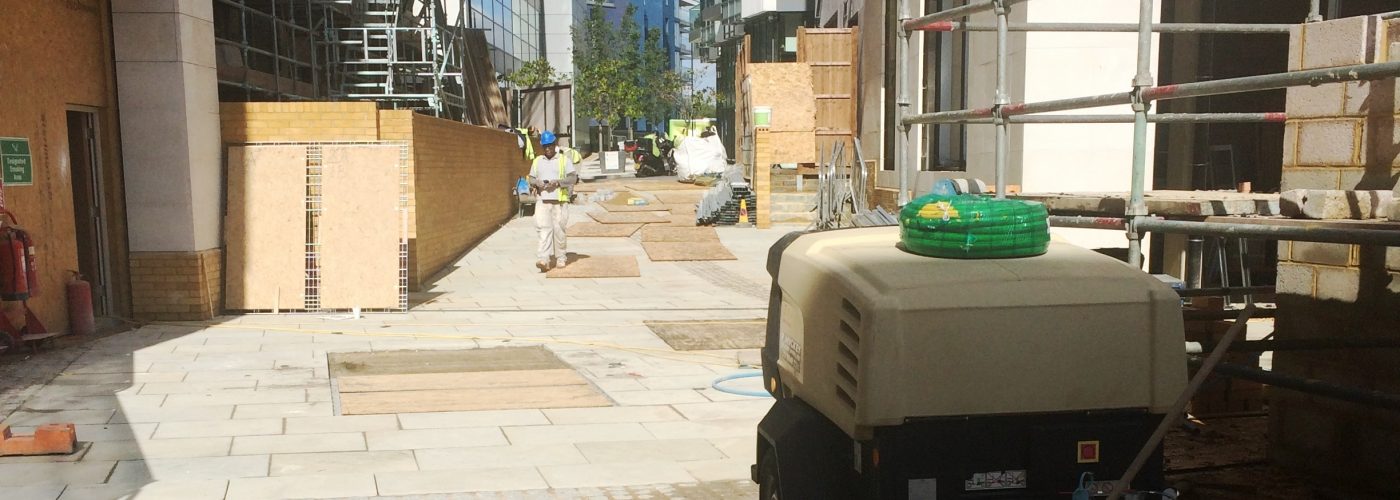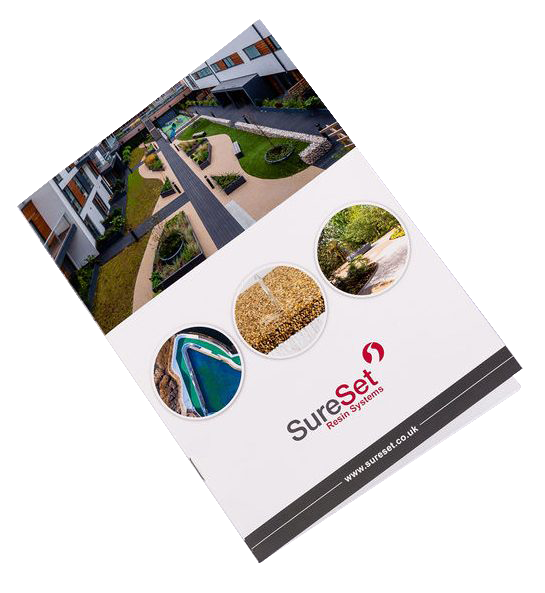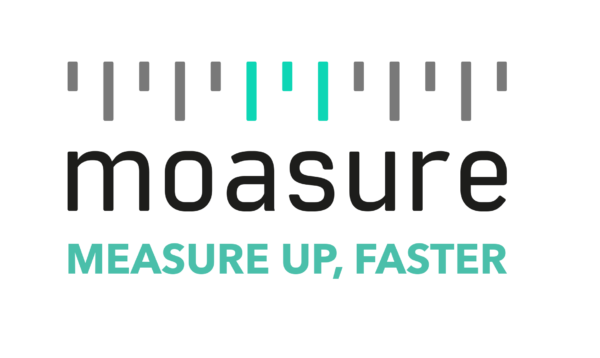
Brownfield or Greenfield
Following a recent BBC Inside Out investigation revealing figures (from 326 councils) showing that between 2011 and 2014 only 457,490 homes were built, compared to the estimated 974,000 that homes were needed during this time.
In response to the investigation, the Housing Minister Brandon Lewis said the government aimed to see one million new homes over this Parliament.
But where will these houses be built; on Brownfield (previously developed land) or Greenfield (undevelopd land) sites?
Brownfield and Greenfield sites are two of the most common types of land that are worked with to continue with housing development in the UK. They both have the opportunity for high return when sold with planning permission or development potential.
Below we look at the different aspects of each type and the pros and cons along with them.
Brownfield sites are usually located in urban areas and have been previously used for industrial or commercial purposes. This location can make it ideal for housing and redevelopment and planning permission should be easier to gain due to the land already having been built on.
Cons:
- Brownfield sites usually consist of derelict and/or unused buildings that are found, for the most part, in unattractive, economically depressed areas of our towns and cities.
- A Brownfield site can be more expensive to build on because of the clean-up required to remove any contamination from previous industrial use such as pollution from hazardous wastes.
- If there have been years of disuse, there may be wildlife inhabiting in these areas. Although Brownfield sites are prioritised for building, the wildlife and animals still need to be protected.
- Some mortgage companies may be hesitant to lend on Brownfield sites.
- There is less space to build a large quantity of property so gardens and houses tend to be smaller and closer together.
Pros:
- Redeveloping a Brownfield site not only boosts the economy by creating jobs and lifting property prices, but it improves the environment and creates a safer, healthier space.
- Bringing a Brownfield site back into use prevents ‘urban sprawl’ thereby reducing traffic.
- Brownfield redevelopment can be cheaper because vital infrastructure (drainage, electricity, roads, transport networks etc.) already exists.
- Using disused urban land leaves green, rural areas intact.
- Planning permission should be straight forward as it is easier to get it granted on an area which has already been built on previously as opposed to land which has not.
Greenfield sites are more rural areas of land which have never been previously built on. It is usually agricultural land on the edge of towns and cities which can be considered for building purposes. This type of land is appealing to property developers as it is fresh and undeveloped, providing planning permission can be granted to change the current usage. As the demand for more housing grows, Councils are under more pressure to give up Greenfield sites for this purpose, although not everyone believes that Greenfield sites should be made available for housing.
Cons:
- Greenfield sites include greenbelt land (a buffer between towns or town and countryside) which is a concern to environmentalists.
- Developing previously untouched countryside results in ‘urban sprawl’ which encourages commuting and traffic congestion as people travel ‘in’ for work and leisure.
- Building on Greenfield sites takes from the core of towns and cities as more businesses locate further ‘out’ because it’s cheaper.
- New infrastructure (drainage, electricity, roads, transport links etc.) will need to be built.
- Once Greenfield land has been built on, it is unlikely to ever return to the countryside.
Pros:
- Often being on the edge of towns and cities, Greenfield sites may be a more pleasant environment and have less congestion.
- There is no clean-up costs associated with Greenfield sites.
- Land can be cheaper to purchase in rural areas.
- The town or city has the opportunity to expand and the population to grow when housing developments are added.
- No need to demolish or rebuild existing structures.
- Adding the new infrastructure allows for more job opportunities.
- Architects and planners have a blank canvas to work with meaning no obvious limitations or restrictions on property size and design.
Government
In January 2015 the government announced a £4.4 million fund to support their ambition of having local development orders which will simplify the planning process in certain areas by (pre)grant planning permission for new homes on over 90% of suitable Brownfield sites by 2020. Local development orders are made by local planning authorities and grant planning permission to specific types of development within a defined area; streamlining the planning process for developers creating certainty and saving time and money.
Read our case study about building on a Brownfield site incorporating SureSet resin bound paving: Taylor Wimpey at Osiers Road, Wandsworth.
Interesting facts about Wandsworth:
- Wandsworth gets its name from the River Wandle
- Wandsworth appears in Domesday Book
- The underpass beneath Wandsworth Bridge roundabout featured in A Clockwork Orange
- Built in 1851, Wandsworth Prison is the largest prison in London and one of the largest in Europe
- In 2005 a crater on Mars was named after Tooting by the International Astronomical Union
- In 1965 Great Train Robber Ronnie Biggs escaped from Wandsworth Prison
- Admiral Nelson used to fish on the River Wandle
- As of 2011 census 307,000 people live there (whathouse.com)
- Wandsworth is known for its cheap council tax (whathouse.com)
- In 2014 car parking charges were worth £29m to Wandsworth council (whathouse.com)
- Wandsworth is the sixth most unaffordable borough in London with the average flat costing £668,806 (whathouse.com)









